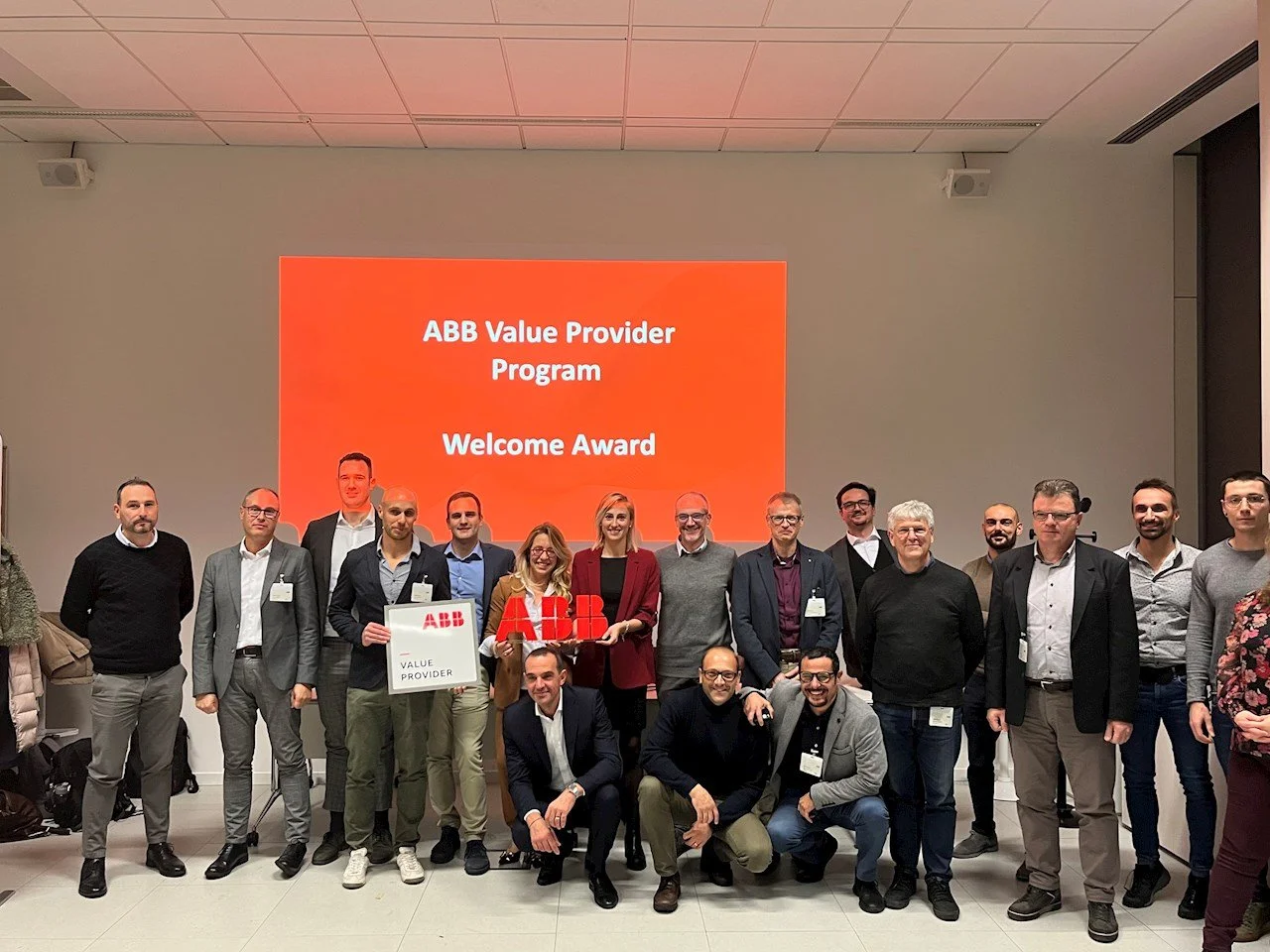Build, Buy, or Partner: The New Robotics Channel Mix
Several incumbents have partnership programmes, such as ABB’s Value Provider programme, to ensure partner capability and quality.
Credit: ABB
OEM ecosystems, integrators and marketplaces are reshaping go-to-market
The days when a robotics vendor could win by selling direct, alone, are fading. Buyers want solutions that drop into existing operations with minimal friction, and that favours channel strategies blending OEM ecosystems, certified integrators and curated marketplaces of compatible components. The most successful vendors meet customers where they already shop.
Ecosystems are the obvious anchor. Universal Robots’ UR+ platform, for example, certifies hundreds of components, application kits and solutions that work with its cobots, acting as a catalogue and trust signal for buyers. ABB’s Value Provider programme similarly formalises partner capability and quality, while majors such as FANUC operate extensive authorised system integrator networks that give customers a predictable route from concept to commissioning. These aren’t mere logos; they are distribution and risk-sharing mechanisms.
For a smaller vendor, the partner decision is strategic. White-labelling through an OEM can accelerate access to an installed base but may dilute brand; going via integrators preserves identity but requires heavy enablement—reference designs, safety artefacts aligned to ISO 10218/TS 15066, and support tools. The marketplace route inspires confidence when buyers can see EOATs, sensors and software modules that are pre-tested against a given arm and controller, reducing integration risk and time.
GTM tone is shifting from conquest to choreography. Vendors talk less about “owning the customer” and more about who owns which part of the promise: who stands behind safety certification, who handles remote support, who carries updates liability. A3’s Certified Robot Integrator programme helps buyers navigate this by identifying integrators with audited safety and business processes, which shortens due diligence and supports repeatable outcomes across sites.
The commercial wrinkle is recurring revenue. If software and services drive margin, the channel must participate in ARR without fragmenting accountability. Programmes that share recurring revenue with integrators for ongoing tuning and validation keep them engaged, while OEM marketplaces can host subscription listings alongside hardware. The winning pattern is a simple one: one face to the customer for outcomes, many specialised contributors behind the curtain—each with defined obligations and incentives.
Partnerships of this sort are not marketing gloss; they are operational infrastructure. They speed selection, tame integration, and make it possible to deploy at multi-site scale without reinventing the wheel for each factory. For buyers, that’s the real moat.
